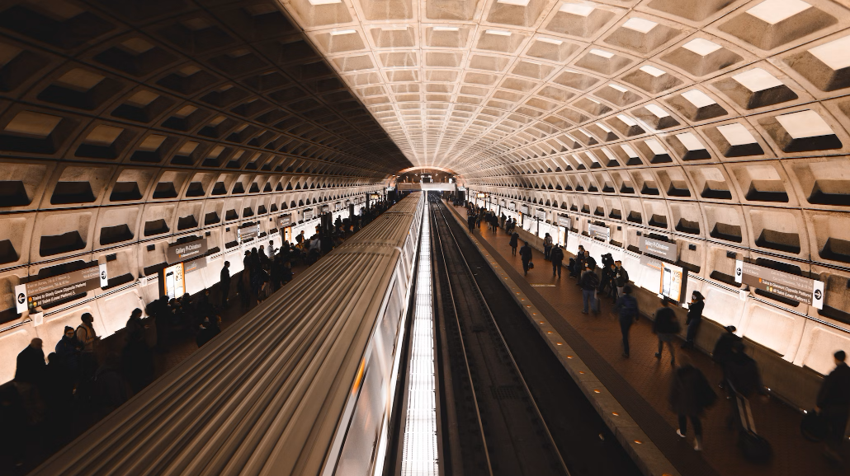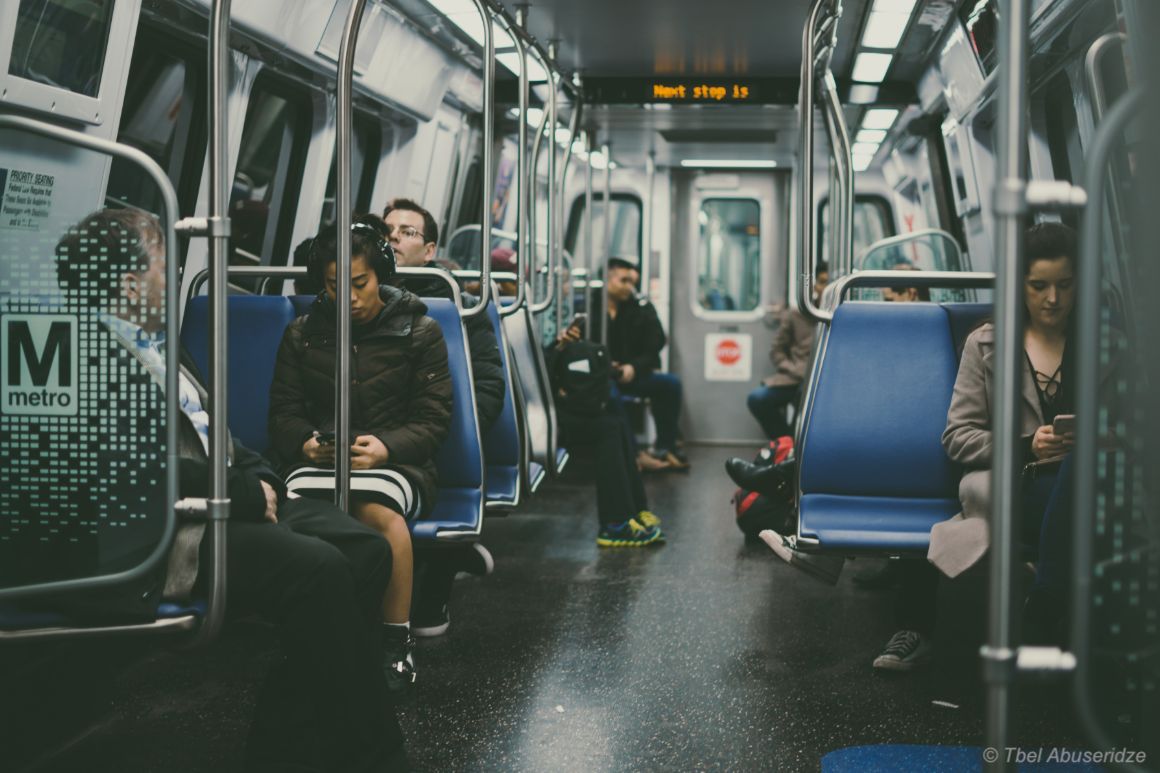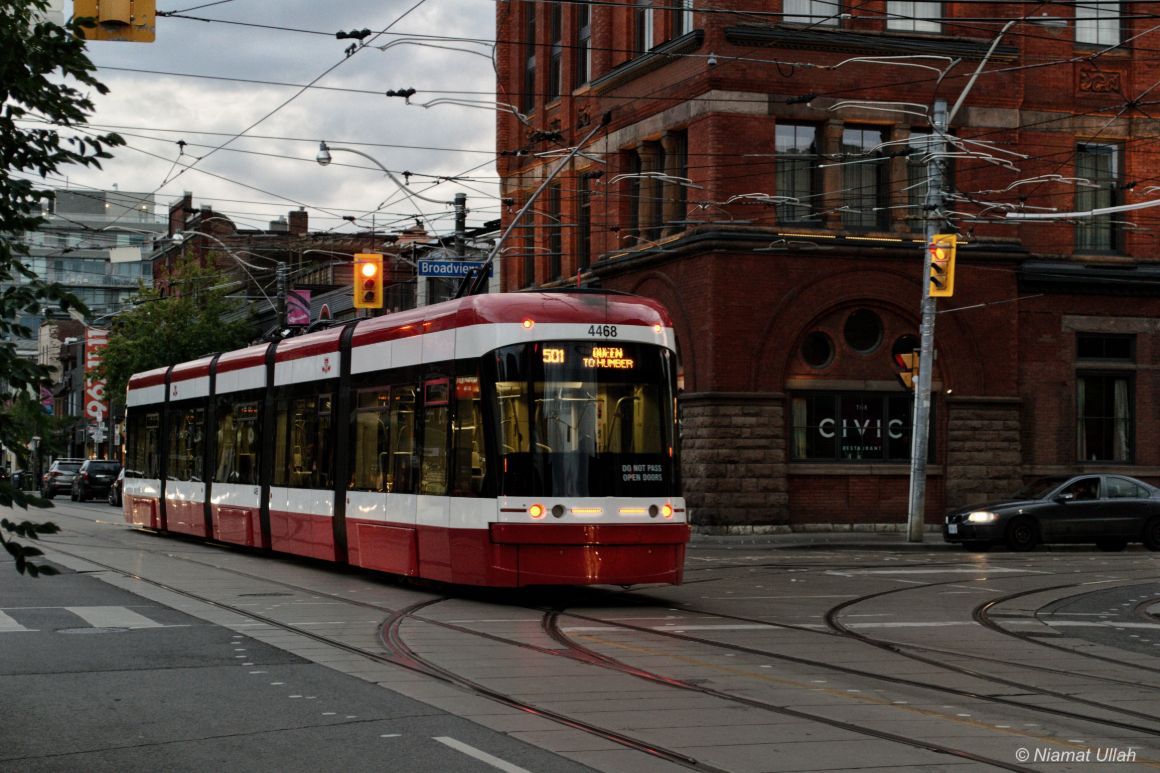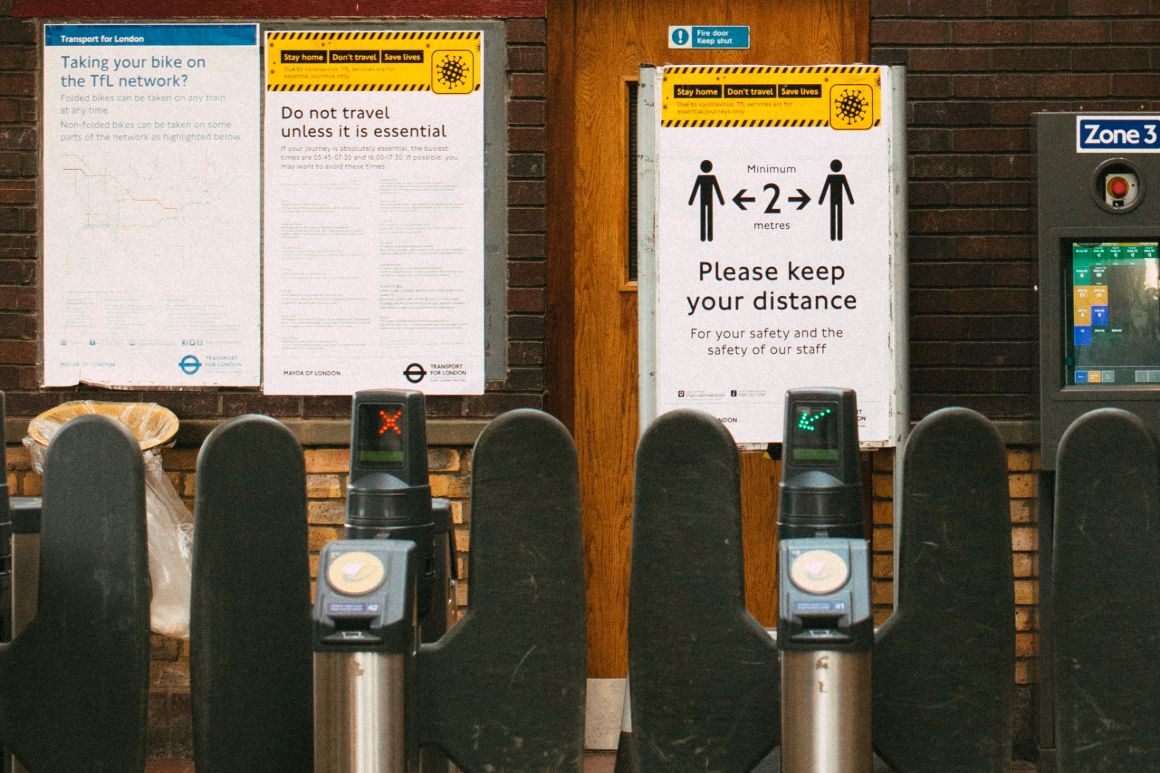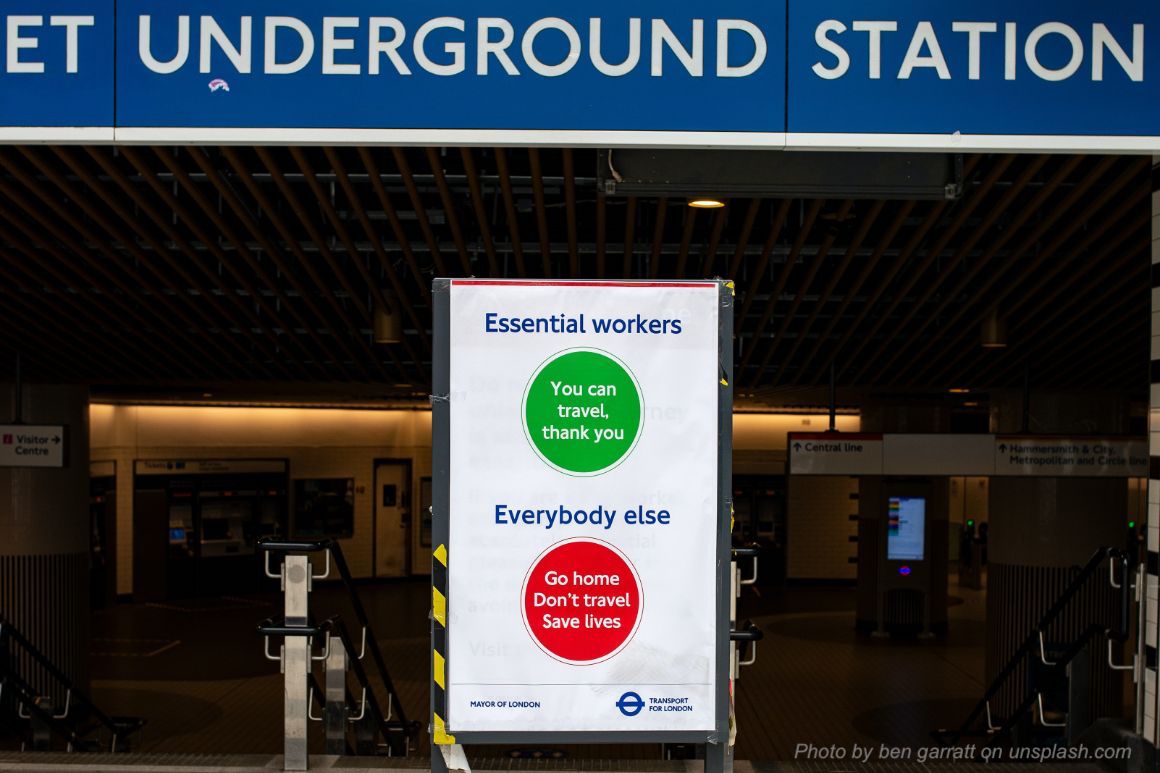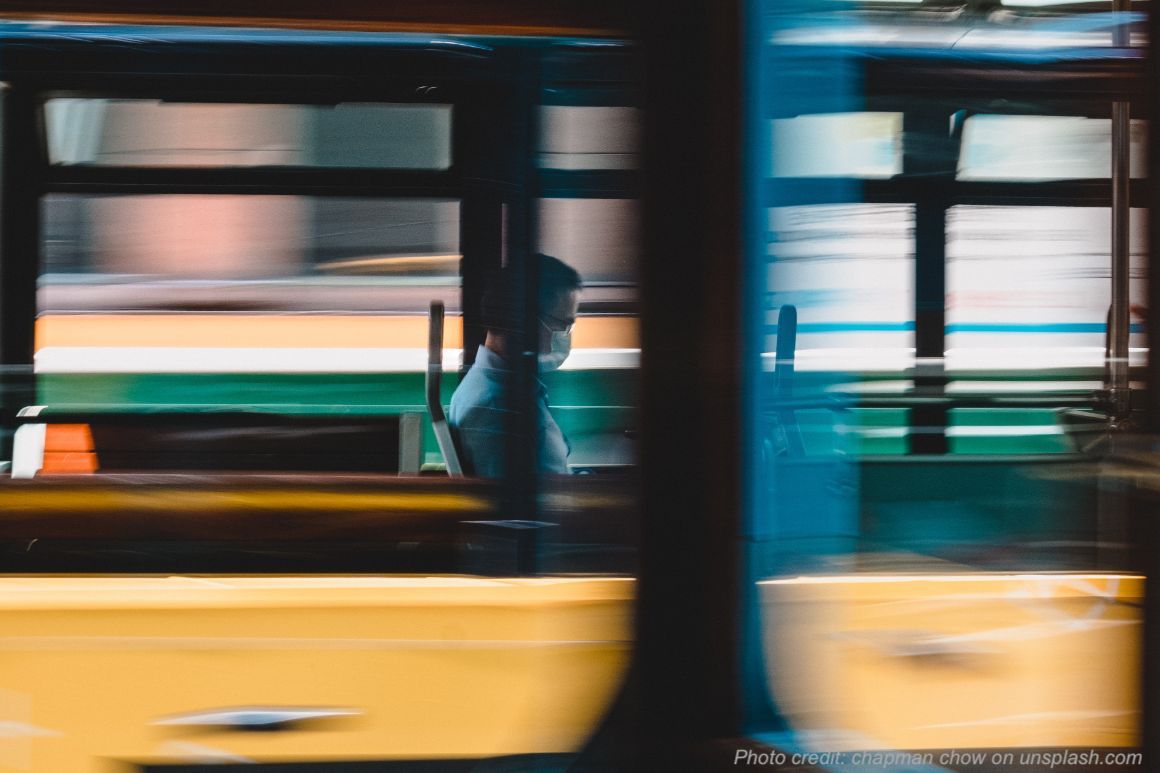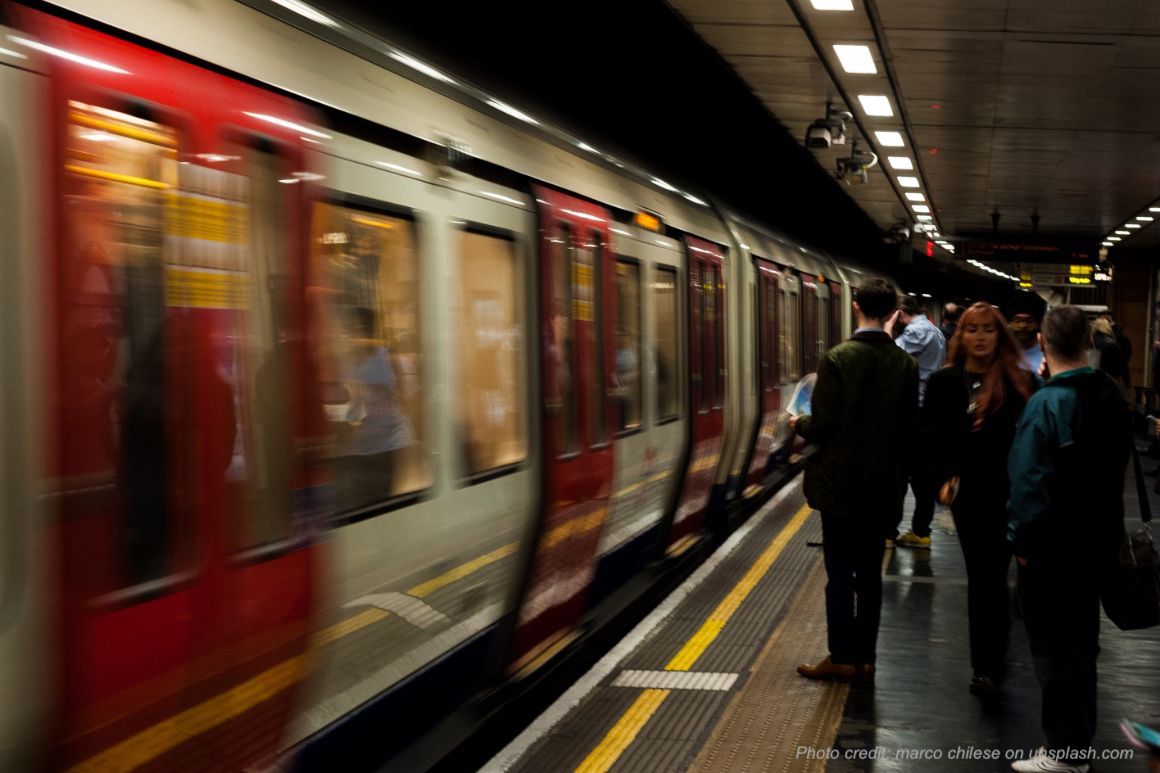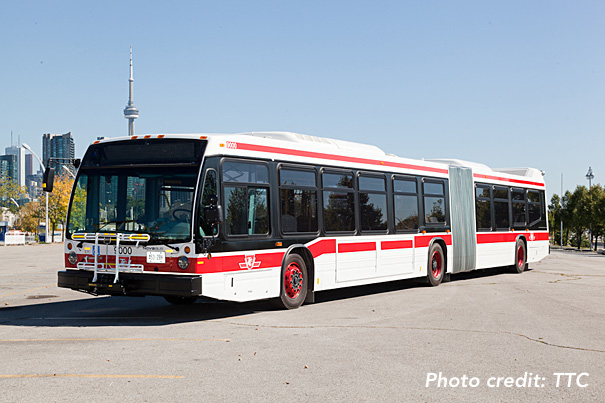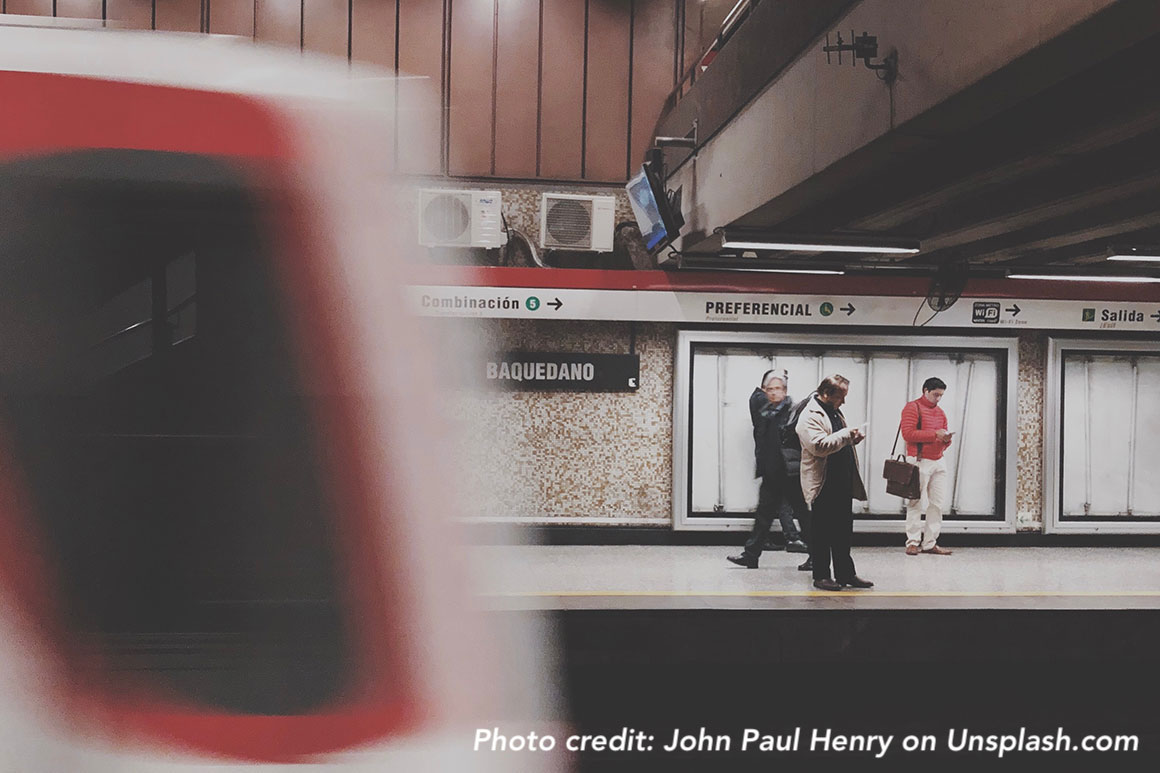The Washington Metro has witnessed a significant decline in fare evasion, thanks to the introduction of modified fare gates. According to a recent update from the agency, there’s been a 70% reduction in fare evasion at stations where these new gates have been installed. This initiative was a response to increased evasion during the...
Metro DC’s New Strategy to Combat Fare Evasion Proves Effective
MTA’s Pioneering Methodologies to Measure Fare Evasion
The synthesis of traditional surveys and state-of-the-art technology creates a robust blueprint for fare evasion measurement
On May 17, the Blue-Ribbon Panel for Fare Evasion of the Metropolitan Transportation Authority (MTA) issued a report detailing the problem and outlining its two methods for measuring it. According to the most recent data, a concerning pattern has emerged: fare evasion rates increased significantly from pre-pandemic levels of 3 to 6% to 13.5%...
Fare evasion impact in Washington D.C.
Recent system upgrades aim to provide more accurate ridership data to measure and prevent rising fare evasion rates
Fare evasion is a global issue causing losses of billions of euros. Washington D.C. ranks third in the US for the financial impact caused by fare evasion, after Massachusetts’ Bay Transportation Authority (MBTA) and New York’s Metropolitan Transportation Authority (MTA). In 2019, fare evasion losses on buses amounted to €24.4m ($29m), and €9.2m ($11m)...
Fare inspections to resume on Toronto’s public transport
After a two-month pause during the pandemic, fare inspectors will gradually resume their normal duties this summer
TTC – short for Toronto Transit Authority, announced that fare inspectors will gradually resume activity on its premises and vehicles. During June, they will board vehicles once again to ‘remind customers to pay their fare’. They will be placed at key surface transfer points to ‘observe and educate customers and to make sure they...
Safety in public transport: social distancing vs face masks
Social distancing is much harder to implement post-lockdown than asking passengers to wear face masks yet it is regarded by the majority of authorities as a key measure in stopping Covid19
Authorities and public transit organisations have yet to agree on the best way forward to revive public transport while ensuring safety from Covid-19. So far it looks like most decision makers consent on the measure of wearing face masks. These are now obligatory in public transport in countries like Germany, China, and Spain. However,...
Mobility apps reveal user public transit data during Covid-19
Moovit, Citymapper, Transit, Apple and Google confirm similar trends albeit with some variations
Demand for public transport fell to record lows in the past months as the Coronavirus swept through communities around the world. Ridership fell from 65% to less than 10% of normal capacity, and transit organisations adapted their schedules and service frequency to reflect demand. We looked at the data from several urban mobility apps...
Face masks: how effective against Covid-19 in public transport?
As authorities start to ease restrictions people are asked to wear masks in public places to minimise the risk of spreading the virus
Public transport travel has changed dramatically since the outbreak of coronavirus. Operators are confronted with staff deaths and infections, massive drops in ridership, and some companies require bailout money to keep service running. Several countries have introduced new rules for travelling in public transport in order to limit the spread of the disease. One...
TfL modifies service in response to Covid-19 outbreak
The new measures come as authorities take a tougher stance to prevent the spread of the virus in public transport
TfL (Transport for London) has announced a number of measures that aim to prevent and reduce the spread of the coronavirus. It plans to gradually reduce service across its network, whilst still upholding essential rides for critical workers. Some 40 stations that have no interchange are to be closed, among which Covent Garden, Park...
TTC loses millions to fare evasion and malfunctioning equipment
An average of $61 million were lost to fare evasion and $3.4 million to faulty equipment in 2018
These numbers were made public in a recent report released by the Auditor General of Toronto Transit Commission (TTC), which outlined the impact of faulty tech and numerous fare dodgers on the public network’s financial sustainability. The report adds that the actual revenue loss is likely higher than the numbers estimated. Fare dodgers hop...
Subway fare hikes in Santiago, Chile turn deadly
A small group of students started the protests which quickly grew in amplitude leading to several deaths
A recent announcement of a price increase by 4% (to 830 pesos, or over $1) for tickets on Santiago Metro‘s network has sparked a series of violent demonstrations at subway premises and in other locations in Chile’s capital. Protesters smashed glass, damaged gate turnstiles, burned busses and subway cars, and attacked police vehicles during the...
